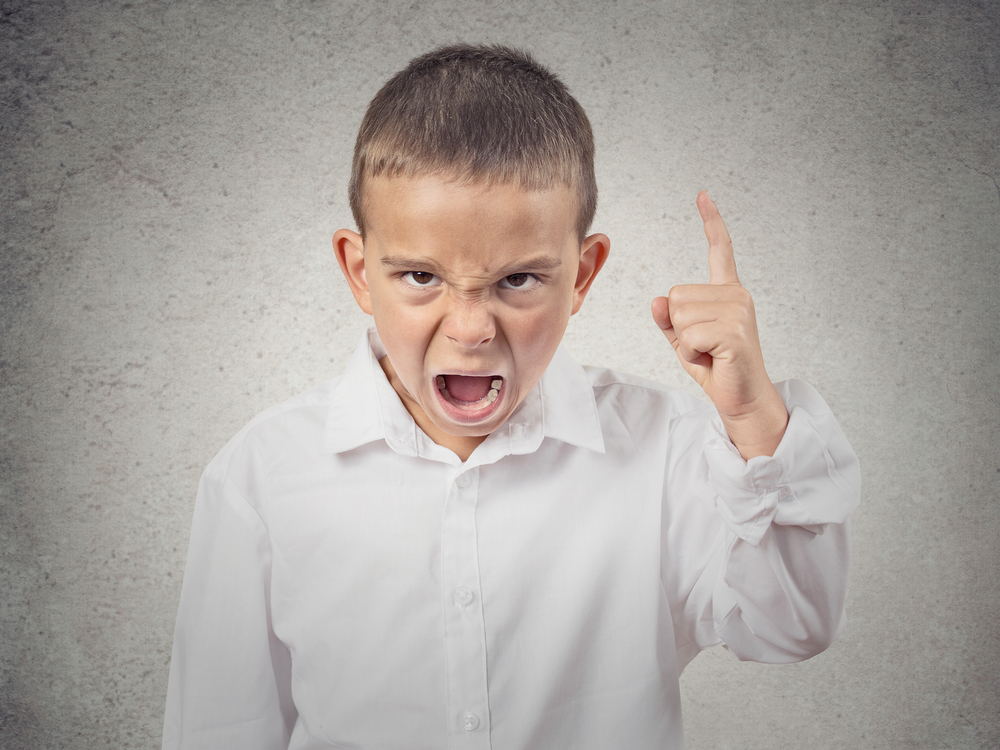Stress and anxiety can present itself in a variety of ways affecting our emotions, behaviours, our bodies and our minds (the way we think and the way we use our minds).
Anger is quite often a result of high stress or anxiety and is not always recognised as such. Treating anger as a stand-alone issue can result in failed attempts at regulation whereas treating anger as a symptom of anxiety can greatly improve the success rate of management. Identifying the triggers, symptoms, core beliefs and patterns of thinking and then implementing strategies to combat each of these, will greatly improve your chances of managing your anger.
When it comes to our children, we can help them in exactly the same way. Get them to draw a picture of themselves and to colour in or write on this picture where they feel anger in their body. What does their anger look like? What colours/words have they used? Then ask them to give you examples of when they felt this way. What thoughts were going through their heads? What was their negative self-talk? Did their behaviour give them the result they wanted? What do they think they could do differently next time? Give them the tools to manage this themselves. Give them alternatives and options. Help them to recognise what their first signs of anger are and then give them strategies to implement at those first signs. Eg: it is pointless telling a child in full meltdown status to stop and “breathe”. On an anger scale of 1-10, breath work is a great strategy to implement at number 1 or 2, not at number 10.
Another point to note is that our anger does not go from 0-100 in a matter of seconds/minutes. There are always tell-tale signs and they can sometimes be subtle, so play detective and work out what they are. Some subtle signs can include fidgeting, rapid pulse or negative thinking. Not all signs will be visible, but they will be there. When treating one of my younger clients, we discovered that her first sign of anger was that her feet would tense up and her toes would curl. This is not something that Mum could see and something that took a few sessions to discover.
Quite often bouts of anger will result in feelings of regret or remorse which will just exacerbate the circle of anxiety even more. The more “breakers” we can put into this circle the better chance we have of managing our anger. Some effective breakers include:
· Time out. Simply stop and walk away.
· Distraction. Do something else.
· Visualisations.
· Meditation. See https://www.youtube.com/c/
· Exercise.
· Ask someone for help or talk to someone about it.
· Breath work. See https://kiddipedia.com.au/
· Positive self-talk.
Realising that anger can be a symptom of stress and anxiety and the “fight or flight” or fear response that accompanies it, can be a crucial first step to successful management. Keeping a diary or log of behaviours can help to identify triggers and any patterns in behaviours. From there, you can implement appropriate strategies to help you manage your anger or that of your child.
Kim X
You may also like to read:









